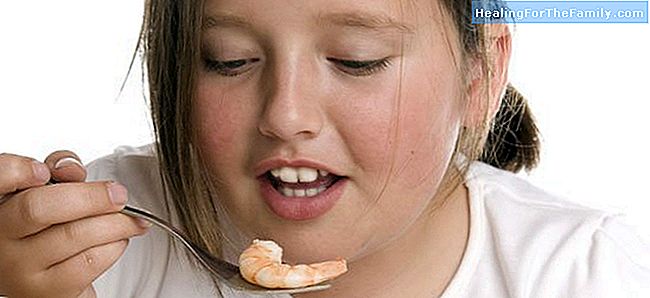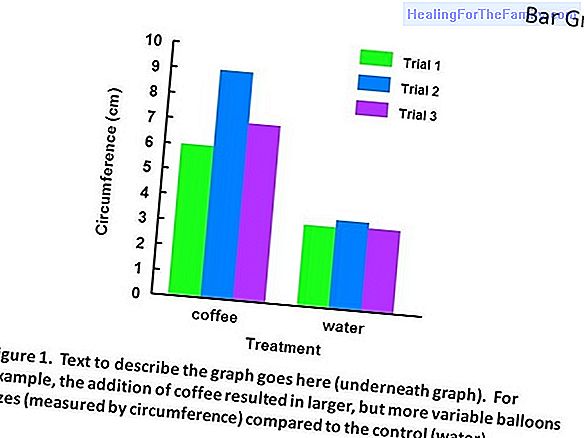Benefits and hazards of seafood for children
There is no unanimous criterion about when to introduce shellfish into infant feeding. Some consider that they can be introduced from 6 months onwards, but since is a highly allergenic food , it is advisable to delay the introduction after 2 years, especially if one of the parents has food allergies
There is no unanimous criterion about when to introduce shellfish into infant feeding. Some consider that they can be introduced from 6 months onwards, but since is a highly allergenic food, it is advisable to delay the introduction after 2 years, especially if one of the parents has food allergies.
Symptoms of shellfish allergy in children

The risk of developing food allergy is determined by several factors such as heredity, allergen exposure, gastrointestinal disorders and environmental factors. The genetic inheritance determines in an important way the predisposition to suffer allergies. In case both parents are allergic, there is between 47% and 100% that the child is allergic, and only 13% when neither parent is allergic.
The symptoms of shellfish allergy are very similar to those of other food allergies:
- Swelling of the face, eyelids, tongue and lips.
- Itchy skin.
- Small blisters, redness especially in hands.
- Difficulty breathing.
- Vomiting and diarrhea.
Symptoms appear between 15 minutes and two hours after ingestion, or when handling the food or simply by inhaling the vapors during cooking; in some cases the symptoms may appear after 7 hours.
Tips for children allergic to shellfish
- Exclude food (shellfish) from the child's diet.
- In very sensitive children avoid inhalation exposure.
- Read the nutritional labeling, especially in soups, sauces, products that carry flavorings or fish gelatin, fats such as cod liver oil, paellas, etc.
- Avoid seafood and fish restaurants.
What benefits does seafood provide to infant feeding? There is a wide variety of seafood:
- Crustaceans: lobster, Norway lobster, shrimp, lobster, shrimp, sea crab, sea crab, spider crab, crab and barnacle.
- Mollusks: clam, cockle, coquina, mussels, razor, oyster, scallop, limpet, periwinkle, cañadilla, búsano, squid, cuttlefish, octopus and cuttlefish.
Shellfish consumption is important
because it provides us with proteins, good quality fats and vitamins such as vitamin B12, vitamin E, and minerals such as selenium, phosphorus, zinc and iodine. Despite the good nutritional properties that seafood has, it is not compulsory to introduce them in the early feeding of the child, especially if we have doubts about a probable food allergy. In addition, the nutrients present in seafood (vitamins, minerals and proteins)
can be contributed by other types of food .












